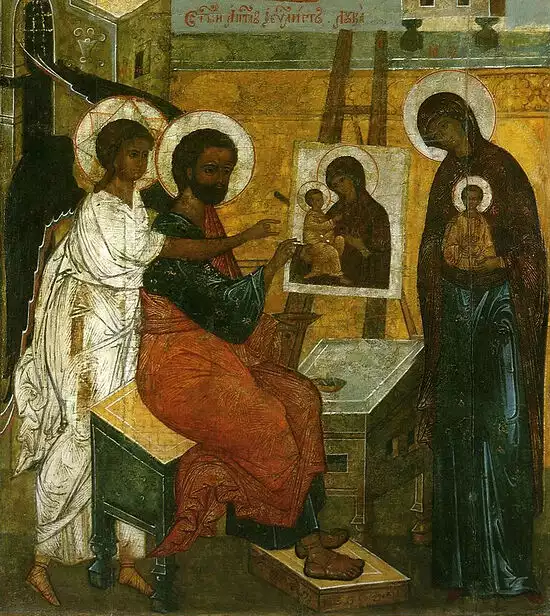
The Gospel of Luke, traditionally credited to Luke the Evangelist, stands as a pivotal text in the Christian New Testament. Its precise date of composition is debated, with estimates typically ranging from AD 60 to 110. Unlike other synoptic gospels, Luke offers a unique perspective on the life and teachings of Jesus Christ. The author’s identity, though not definitively known, is often associated with a companion of the Apostle Paul. This gospel, distinct in its style and content, has profoundly influenced Christian theology and liturgy.
The Distinctive Features of Luke’s Gospel
Luke’s Gospel is distinguished by its meticulous attention to detail and its emphasis on historical context. It begins with a prologue addressed to Theophilus, assuring the reader of the carefully researched and orderly account that follows. Luke’s narrative is comprehensive, starting with the birth of John the Baptist and culminating in the Ascension of Jesus. It is replete with parables and teachings not found in other gospels, like the Parable of the Good Samaritan and the Prodigal Son, underscoring a theme of compassion and universal salvation.
Moreover, Luke’s Gospel is notable for its inclusivity. It highlights the role of women and marginalized groups, a distinctive aspect that sets it apart from its counterparts. This feature aligns with the author’s purported background as a physician, suggesting a compassionate and detailed approach to narrative storytelling.
The Gospel of Luke also seamlessly integrates into the Acts of the Apostles, often considered its sequel, written by the same author. This continuity provides a comprehensive view of the early Christian church’s development, starting from Jesus’ ministry to the spread of Christianity throughout the Roman Empire.
In essence, the Gospel of Luke offers a rich, detailed account of Jesus’ life and teachings, marked by its compassion, inclusivity, and historical reliability. Its contribution to Christian doctrine and ethics remains significant, continuing to shape theological discourse and practice.

Theological Significance and Influence
The theological significance of the Gospel of Luke cannot be overstated. It presents Jesus as the Savior not only of the Jews but of all humanity, emphasizing the universal nature of Jesus’ mission. This Gospel’s narrative portrays Jesus’ compassion towards sinners and outcasts, reflecting a deep concern for social justice and the welfare of the marginalized. Additionally, Luke’s account of the Holy Spirit’s work, particularly in the Acts of the Apostles, has profoundly influenced Pentecostal and charismatic movements within Christianity.
The Gospel of Luke also contributes significantly to Christian liturgical practices. Many of the passages unique to Luke are foundational to major Christian feasts and liturgies, such as the Parables of the Lost Sheep and the Prodigal Son. The Lucan emphasis on prayer and the Holy Spirit’s guidance is a recurring theme in Christian spirituality and religious practices.
In summary, the Gospel of Luke is a cornerstone of the New Testament, offering unique insights into the life and teachings of Jesus Christ. Its emphasis on inclusivity, compassion, and the universality of Jesus’ message makes it a vital source for understanding Christian theology and practice.
References
- Brown, Raymond E. “An Introduction to the New Testament.” Doubleday, 1997.
- Fitzmyer, Joseph A. “The Gospel According to Luke I-IX.” Anchor Bible Series, 1981.
- Johnson, Luke Timothy. “The Gospel of Luke.” Liturgical Press, 1991.
- Marshall, I. Howard. “The Gospel of Luke: A Commentary on the Greek Text.” Eerdmans, 1978.
